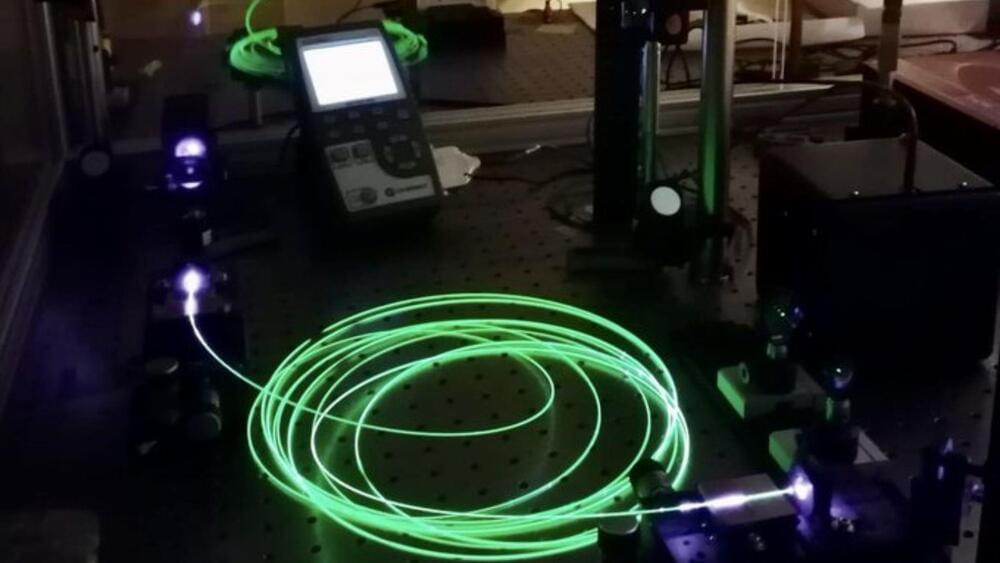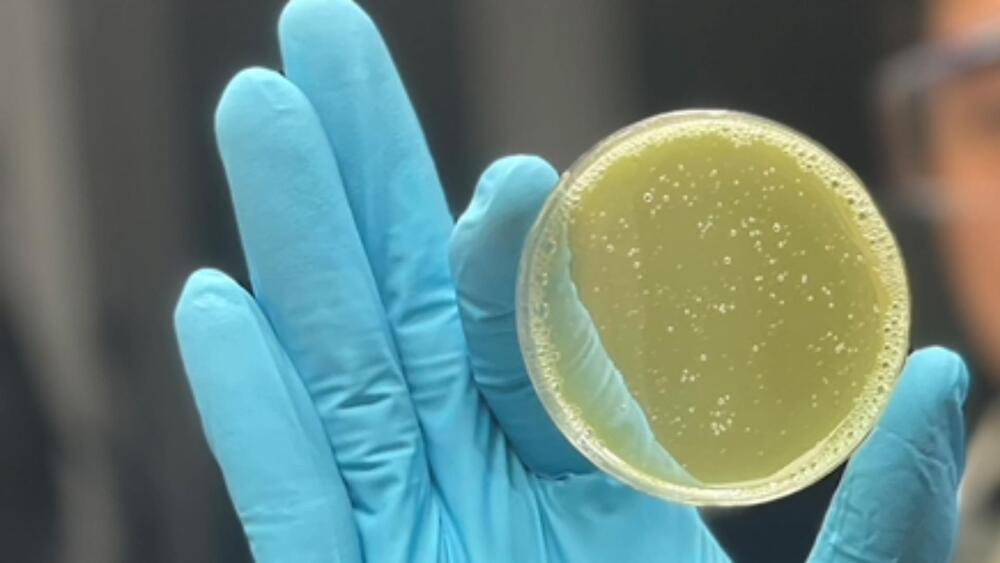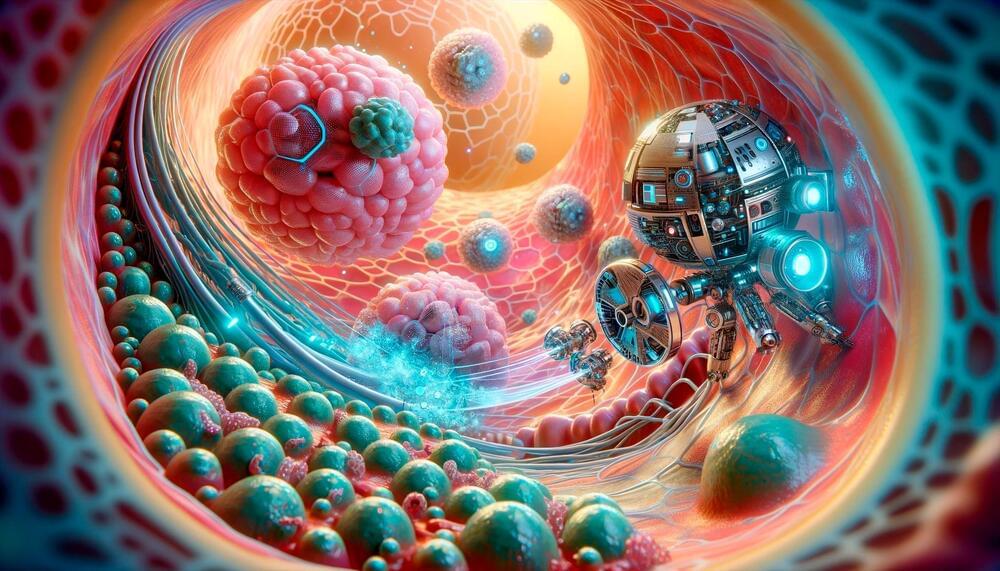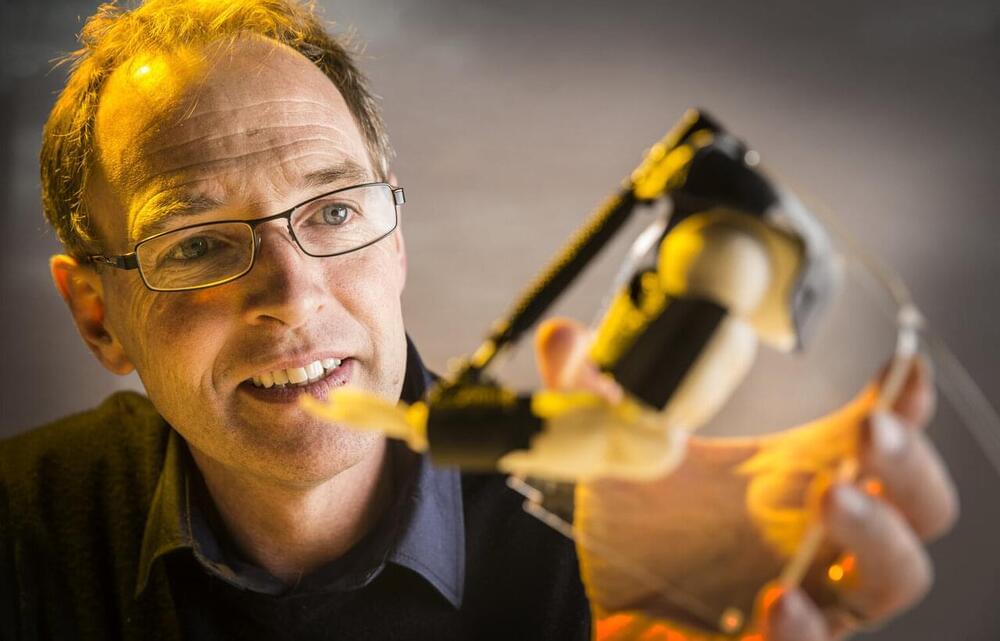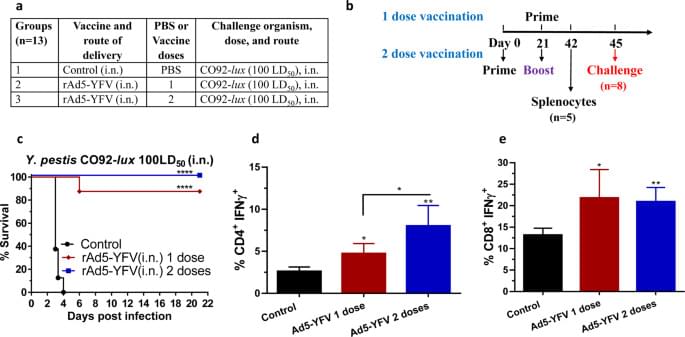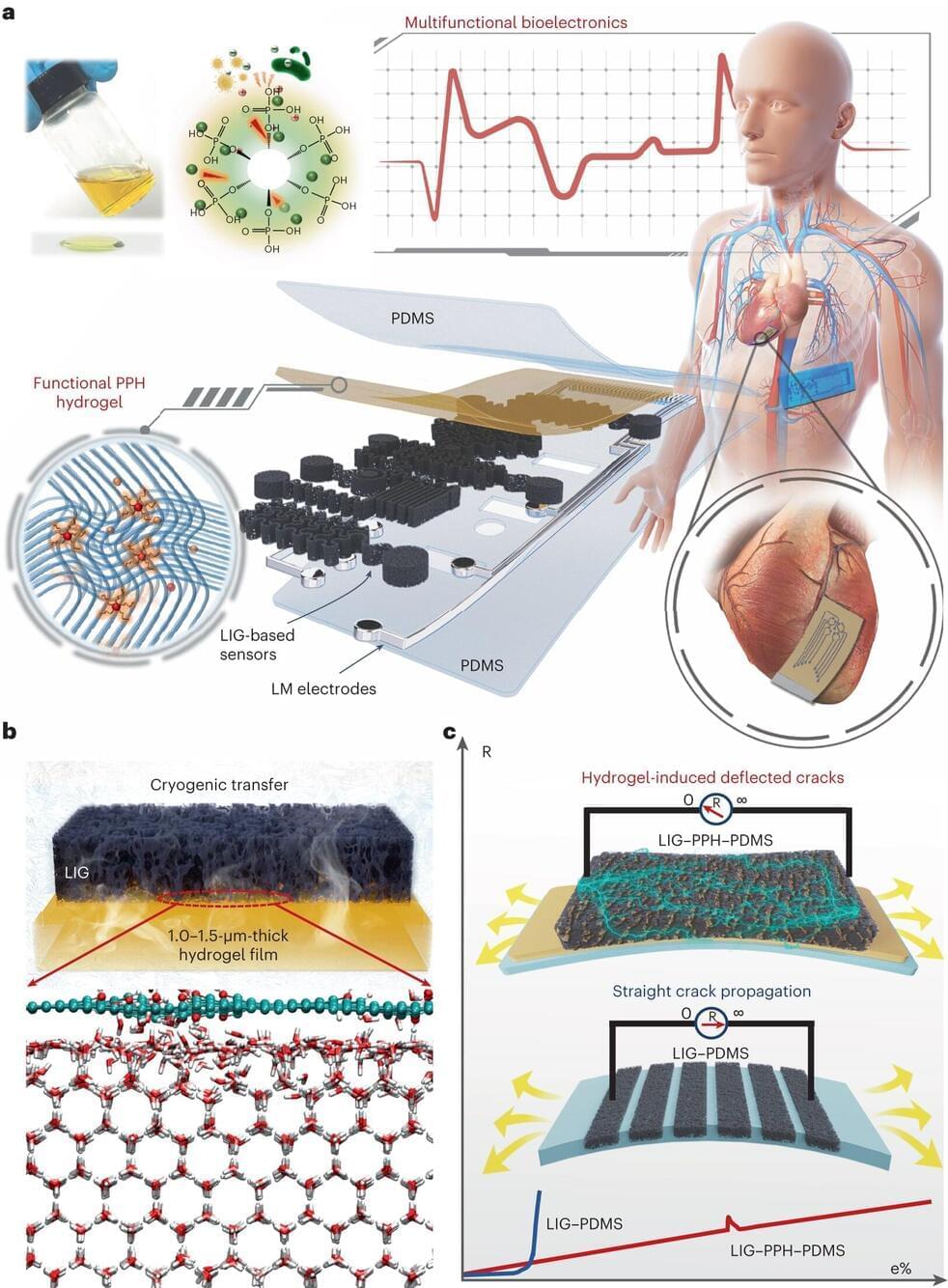Jan 18, 2024
EU breakthrough laser beams could power nanosatellites in space wirelessly
Posted by Gemechu Taye in categories: energy, nanotechnology, satellites
The research project demonstrated a power output of 20 watts using a fiber-optic laser and aims to increase this to kilowatts in the future.
The main goal of the WiPTherm project was to create an innovative wireless energy transfer system that could recharge energy storage components on micro and nano-sized satellites.
The IFIMUP was tasked with developing thermoelectric sensors capable of absorbing light at 1,550 nm and using them to charge energy storage devices.
Continue reading “EU breakthrough laser beams could power nanosatellites in space wirelessly” »
